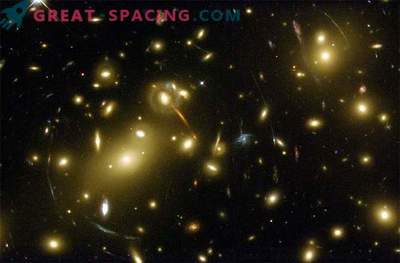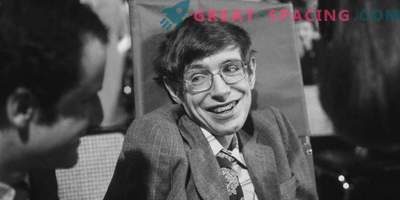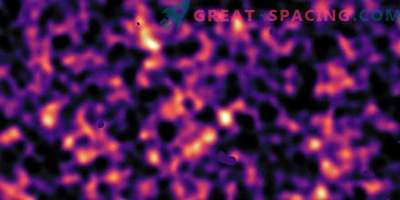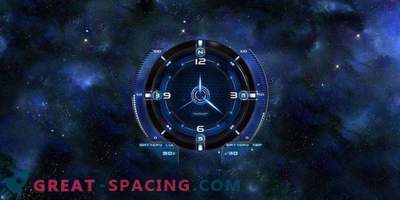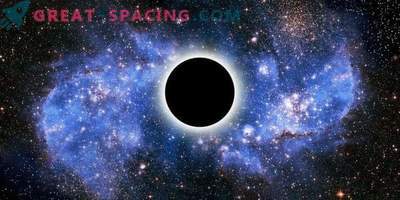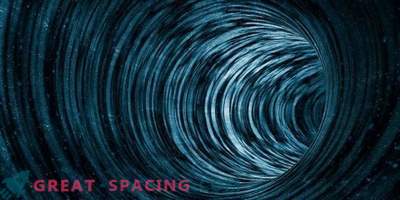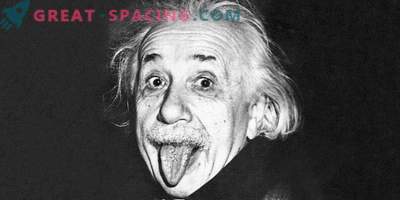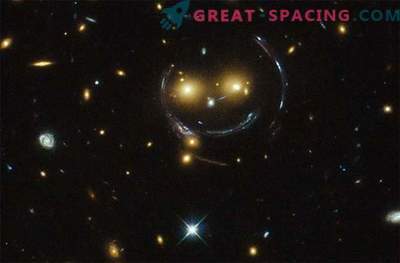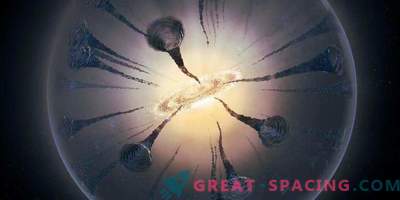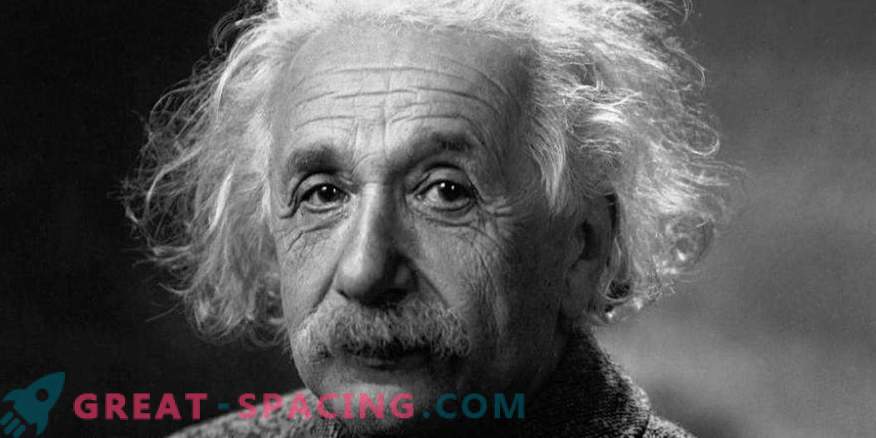
Albert Einstein was not always convinced that the Universe began with the Big Bang.
In the newly found manuscript, the famous physicist thought about the so-called theory of "steady state" and described the cosmos, which can continuously and spontaneously fill itself with new matter to form stars and galaxies. This means that the total density of space remains stable, even as the universe expands.
Researchers believe that the Einstein manuscript found in the archives of Albert Einstein at the Hebrew University was written in 1931. 20 years before the British astrophysicist Fred Hoyle defended a similar theory.
Physicist Cormac O'Raferty from the Institute of Technology in Ireland told Nature magazine that he "nearly fell off his chair" when he realized that he had found it. The document, written in German - Einstein's native language, was mistakenly identified as the first draft of another work. “If Hoyle knew, he would certainly use this argument to hit opponents,” said O'Raferty.
In the end, Hoyle’s theory did not hold water. And Einstein apparently abandoned this idea when his calculations did not fit in with the equation of the general theory of relativity.
The manuscript, translated into English and placed on the server arxiv.org, shows Einstein's changes to his original calculation.
Paper with the newly opened manuscript of Einstein was presented to the European Physical Journal.

